30 Jun Who is at Fault When You Slip and Fall in a Store?
If you are injured when you slip and fall in a store, the store is not automatically liable. The onus is on you to prove liability. You do this by (1) establishing that the floor was unreasonably slippery due to the presence of water or debris, (2) the presence of that water or debris caused you to fall and (3) the store was acting unreasonably either because its inspection program did not fulfill its requisite standard of care, or because that inspection program, which was otherwise satisfactory, was not being followed at the time of the fall. If the store is found liable, only then will the Court assess damages.
In the case of Hanes v. Loblaws Inc., 2017 BCSC 102, the Plaintiff slipped and fell in Superstore. The Plaintiff attended church earlier that morning. She had dressed for church and was wearing approximately 2 inch high heels with leather soles. It had snowed the night before but had warmed up somewhat, leaving some slush and generally wet conditions. On leaving church, the Plaintiff had to walk through an exposed parking lot to her car and it is likely her shoes got wet during her walk.
On her way home from church, the Plaintiff stopped at Superstore to return an item. She was dropped off at the front of the Superstore, where she could get out of the car under an overhang, protecting her somewhat from the wet conditions.
When the Plaintiff entered the store, she passed through the vestibule where there was a mat to absorb moisture from customers’ feet. She entered the store proper through a second set of doors. As she entered, an employee, who was mopping the mat, warned her to be careful. Through the second set of doors, there was another mat on the floor and a warning cone off to the left of that mat.
The Plaintiff went to the customer service desk to return her item and was instructed to go and get a replacement item. As she turned to her left towards and moved across the floor, her right foot turned under, her right leg extended, and she fell to the floor.
The Plaintiff argued that her fall must have been caused by water on the floor, as she felt there was nothing else that could have caused her to fall. She claimed that she suffered damages from a fall, including injury to her right knee and lower back.
Loblaws operates Superstore and claimed that it had a reasonable inspection program in place to ensure that the floors were safe. It maintained that the Plaintiff had failed to prove causation, either in relation to a breach of the Occupiers Liability Act, or in regard to negligence.
Each store department kept a “Sweep Log” for their area, and an inspection of each department took place at least once an hour. The name of the responsible employee and the time of inspection was recorded. The Sweep Log showed that regular mopping was taking place throughout the morning and up to the time of the Plaintiff’s fall. Although this did not prove that there was mopping in front of the customer service desk, it’s likely that water on the floor there would have been noted by one of the employees. In addition, with the high level of traffic through the area by store employees and customers, it is unlikely that the floor would have been wet without someone taking notice.
After the Plaintiff’s fall, the area was immediately inspected to determine if a hazard existed that could cause another fall. After finding nothing, staff took photos of the floor and of the Plaintiff’s feet.
The Judge noted that the standard of care for negligence is to protect others from an objectively unreasonable risk of harm. The duty does not extend to the removal of every possible danger, but rather the test is one of reasonableness.
In this case, Loblaws had in place a system to guard against any dangerous substance remaining on the floor. As well, partly because of the inclement weather that day, Loblaws had employees working whose major responsibility was to keep the outside conditions from intruding into the store. Their efforts to keep the floors clean and dry were diarized in a reliable way in the Sweep Log.
The Judge concluded that there was simply no evidence that the Plaintiff’s fall was caused by moisture on the floor, whether that was a pool of water, or just general moisture causing the surface to become unreasonably slippery. The store video showed many customers, employees, and managers walking back and forth across the area where the Plaintiff fell before and after the incident. None of them seemed to notice anything wrong with the surface, and none appeared to lose traction as they walked in the area around the customer service desk.
In addition, the Judge could not find fault with the quality of the surface of the floor in the Superstore. She found that the program in place to keep the floor as clean and dry as possible in the circumstances met a reasonable standard of safety.
The Judge concluded that the Plaintiff’s fall was truly an accident and Superstore was not liable. She held that the Plaintiff’s shoes were already wet when she entered the store. With the wet leather soles and high heels she was wearing, it would have been very easy for her to skid a little on her right high heel and to turn her ankle, causing her to fall.
Since the Plaintiff was unable to establish that Loblaws was liable for her fall and injuries, it was unnecessary for the Judge to address the damages. The Plaintiff’s action was dismissed and she was ordered to pay costs to the Defendant.


